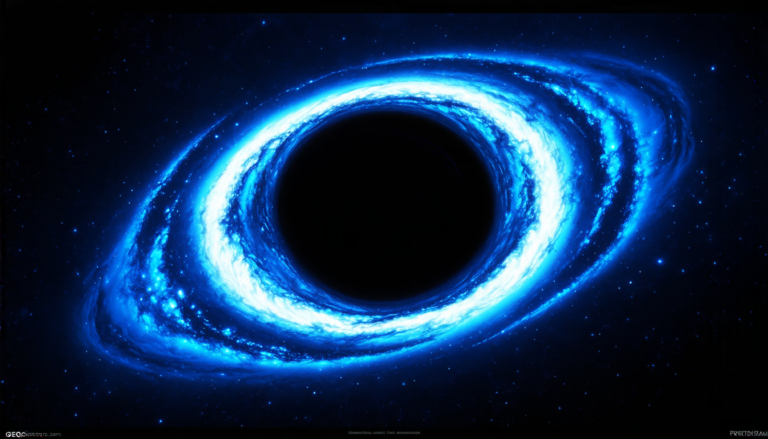Thursday 10 April 2025
The study of how scientists cite each other’s work has long been a topic of interest in the world of academia. For years, researchers have sought to understand why certain papers receive more citations than others, and what role self-citations play in this process.
Now, a new analysis of millions of scientific papers has shed light on the complex dynamics at play. By examining individual citation patterns, researchers found that while external citations follow a predictable pattern, self-citations behave differently. In fact, self-citations are more likely to be distributed uniformly across an author’s previous work, rather than being concentrated in their most influential papers.
This discovery has significant implications for how we evaluate the impact of scientific research. Traditionally, citation counts have been used as a proxy for measuring a paper’s importance. However, this approach can be flawed, as it assumes that all citations are created equal. The new study suggests that self-citations, which make up around 20% of all citations, may not be as indicative of a paper’s quality as previously thought.
One possible explanation for the uniform distribution of self-citations is that authors tend to cite their own work when compiling bibliographies or writing reviews. This can lead to a clustering effect, where certain papers are cited repeatedly across an author’s body of work. In contrast, external citations may be more randomly distributed, reflecting the diverse range of interests and influences within a particular field.
The findings also have implications for how we measure scientific impact. The h-index, a widely used metric that combines citation count and publication number, has been criticized for its limitations. The new study suggests that incorporating self-citations into this calculation could provide a more accurate picture of an author’s influence.
The research highlights the importance of considering the nuances of citation patterns in evaluating scientific output. By taking a closer look at individual citation behaviors, we can gain a deeper understanding of how scientists interact with each other and how their work is perceived within their fields.
The study’s findings have significant implications for academic publishing and evaluation practices. As researchers continue to grapple with issues of reproducibility and transparency, the need for more sophisticated metrics becomes clear. By acknowledging the complexities of citation patterns, we can move towards a more nuanced understanding of scientific impact and its many facets.
Cite this article: “Unraveling the Mystery of Self-Citations: A Data-Driven Approach Reveals Surprising Insights into Scientific Impact”, The Science Archive, 2025.
Citation Patterns, Academic Publishing, Scientific Research, Citation Counts, Self-Citations, Paper Importance, Scientific Impact, H-Index, Publication Number, Citation Metrics







